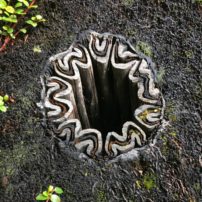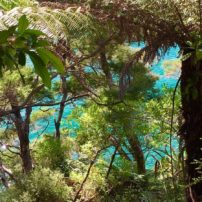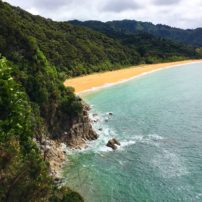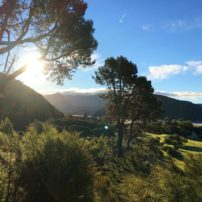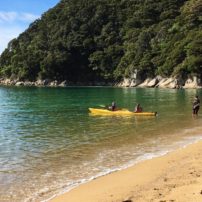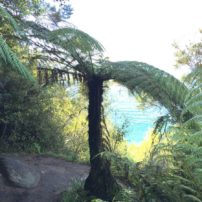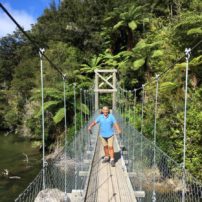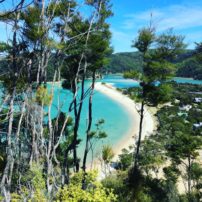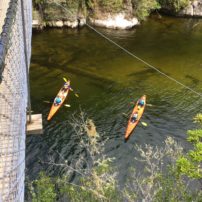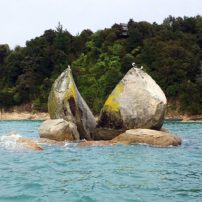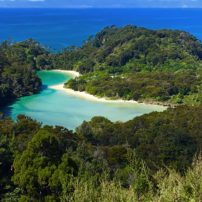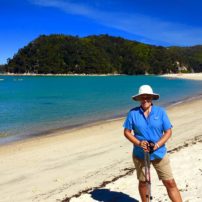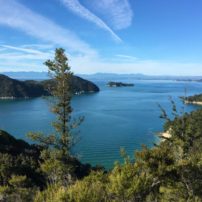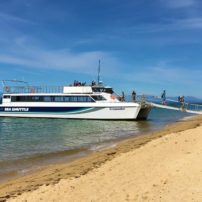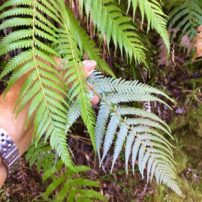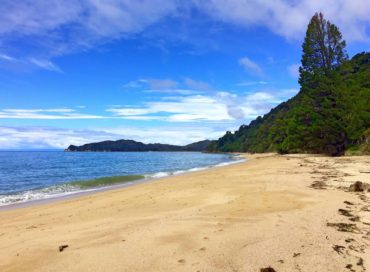
New Zealand — a wonderland of jaw-dropping scenery from Milford Sound in the far south to the most northern Bay Islands. Many of its best and indescribably beautiful vistas with some of the most dramatic panoramas can only be found off the beaten track. And unfortunately, many tourists visiting New Zealand see its beauty through the window of a tour bus — catching a glimpse of a cascading waterfall here, a secluded golden beach there.
The beauty of New Zealand goes beyond the natural. You will also find it in the people.
The residents of New Zealand (known as Kiwis) have a love affair with their island — fully aware of its unique beauty and consciously caring to protect it all while thriving on the holiday business and economic boon that tourism is to the nation.
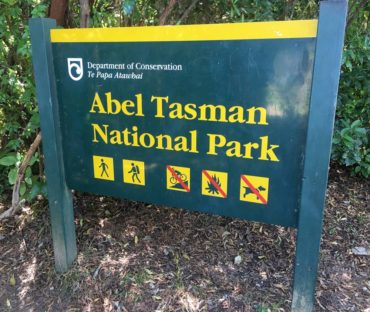
Kiwis are outdoorsy types, and the culture embraces hiking, trekking and water sports. The locals not only love to be outdoors but they encourage visitors, in a helpful and cheerful way, to also enjoy the great outdoors. Few countries are as supportive of visitors, both in kindness and in services — such as public facilities, free campgrounds, abundant restrooms and visitor centers — as New Zealand.
It’s easy to take full advantage of all these amenities and get outside, no matter what your physical capabilities, time limits or financial restraints may be. Stepping away from the security of the tour bus is a must to really experience and embrace this island nation.
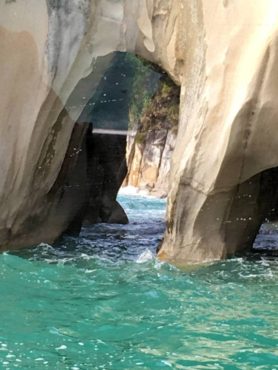
One of the most remote, beautiful and yet still accessible national parks is the Abel Tasman on the northwest corner of the South Island. Whether you have a day or a week, want to walk or be on the water or the sky, you can find what fits you best and access the Abel Tasman, New Zealand’s smallest national park.
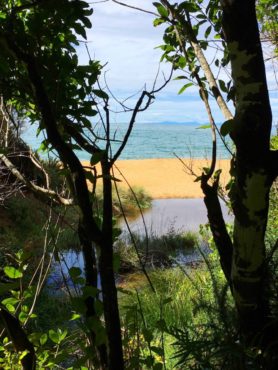
The park is named after Abel Janszoon Tasman, a Dutch seafarer in the service of the Dutch East India Co. who is credited as being the first European to reach these islands during his voyages between 1642 and 1644.
The park was founded in 1942 and reserved for the purpose of recreation. It was dedicated on the 300th anniversary of Tasman’s visit.
In 2012, Project Janszoon, a privately funded trust, was set up to restore the park’s ecosystems. The trust aims to complete the restoration in time for the 400th anniversary of Tasman’s visit and the park’s 100th anniversary in 2042.
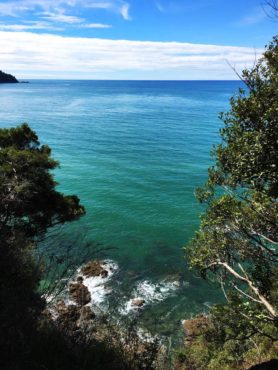
An outcry was raised from concerned Kiwis when in 2016, a private portion of the beach area in Abel Tasman near Awaroa Beach was threatened by potential development. More than 40,000 locals joined in a crowd-funding campaign and raised $2 million. The government and a local philanthropist brought the total up to $2.8 million to make the purchase of the beach area possible. The land will now remain both public and natural.
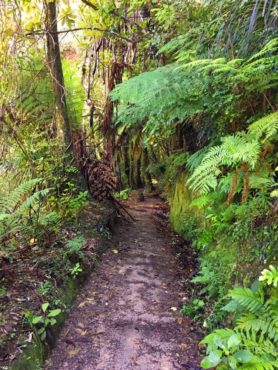
This is the way New Zealand gets things done.
The Abel Tasman Track (trail) offers some of this country’s most iconic views of the turquoise water and golden sand beaches along its approximately 31-mile coastal track between Marahau and Whariwharangi. But you don’t need to be physically able to march along for days at a time with a 30-pound pack to enjoy this national park. In typical New Zealand fashion, the tourism industry has planned it for you and will make available whatever experience you are physically and financially capable of.
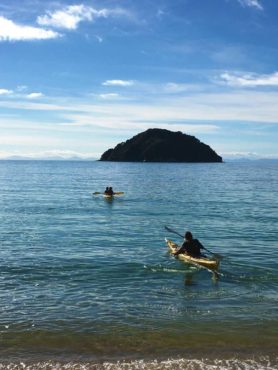
You can access the Abel Tasman on foot, in a water taxi, in a kayak, on a ferry or by a small plane. You can take an afternoon, a day or a week. And you can spend as little as $40 or as much as $4,000, all through a variety of innovative and cooperative businesses working to offer access for visitors throughout the region.
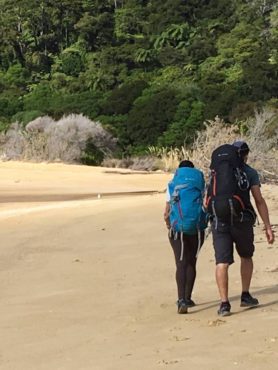
One great option is to hike two, three or five days on the track while using a service that will transport your pack each day, provide you lunch and dinner and either arrange a “glamping” experience at night or book you into one of the handful of small lodges.
Of course, you can also trek on your own and carry your gear and food. Campsites as well as restrooms are available throughout the trek.
Caravanning is a popular way to enjoy New Zealand and both visitors and locals make their way to Abel Tasman National Park via caravan or car. You can drive as far as Totaranui, then do a day walk or enjoy the beach from here. This is the only parking and campervan area that is accessible to the track.
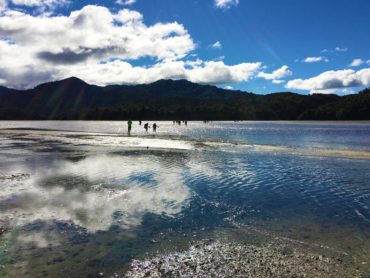
If you don’t have wheels, bus services operating out of Nelson will take you to the park, either to begin your hike or just spend the day. Easy walks from the drop-off points will give you a taste of this beautiful park and still have you back to your hotel for dinner in Nelson.
One of the best ways to enjoy the park is via the water. The marine reserve areas offer unique marine life and waterfowl as well as a great way to see the spectacular geological features of the park. Water taxi or ferry service is available.
You can stay aboard or get off at one of many beaches. Wait for a return pickup or hike to another beach and meet your boat there. The services are safe and interesting and operate regularly.
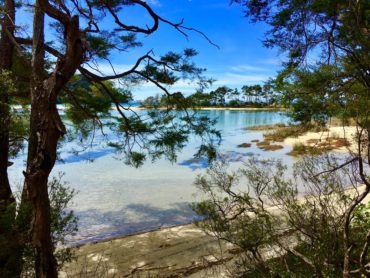
There are many kayak operators in the park as well. Once again, you can choose what fits your ability and pocketbook. A half-day, full-day or multiday kayak trip can be arranged and is especially interesting in the warmer summer and fall months.
Flying in is also an option. Scenic flights are available from several operators and an airstrip at Awaroa provides small planes, in good weather, to the park and its lodges.
Speaking of weather, New Zealand is notorious for rain but the Southern Hemisphere summer months of December through February and even into March are pretty reliable. And even in the rain, Abel Tasman shines.
Find your Abel Tasman your way. That’s how it’s done in this island country of outdoor enthusiasts.
Learn more at www.newzealand.com.




